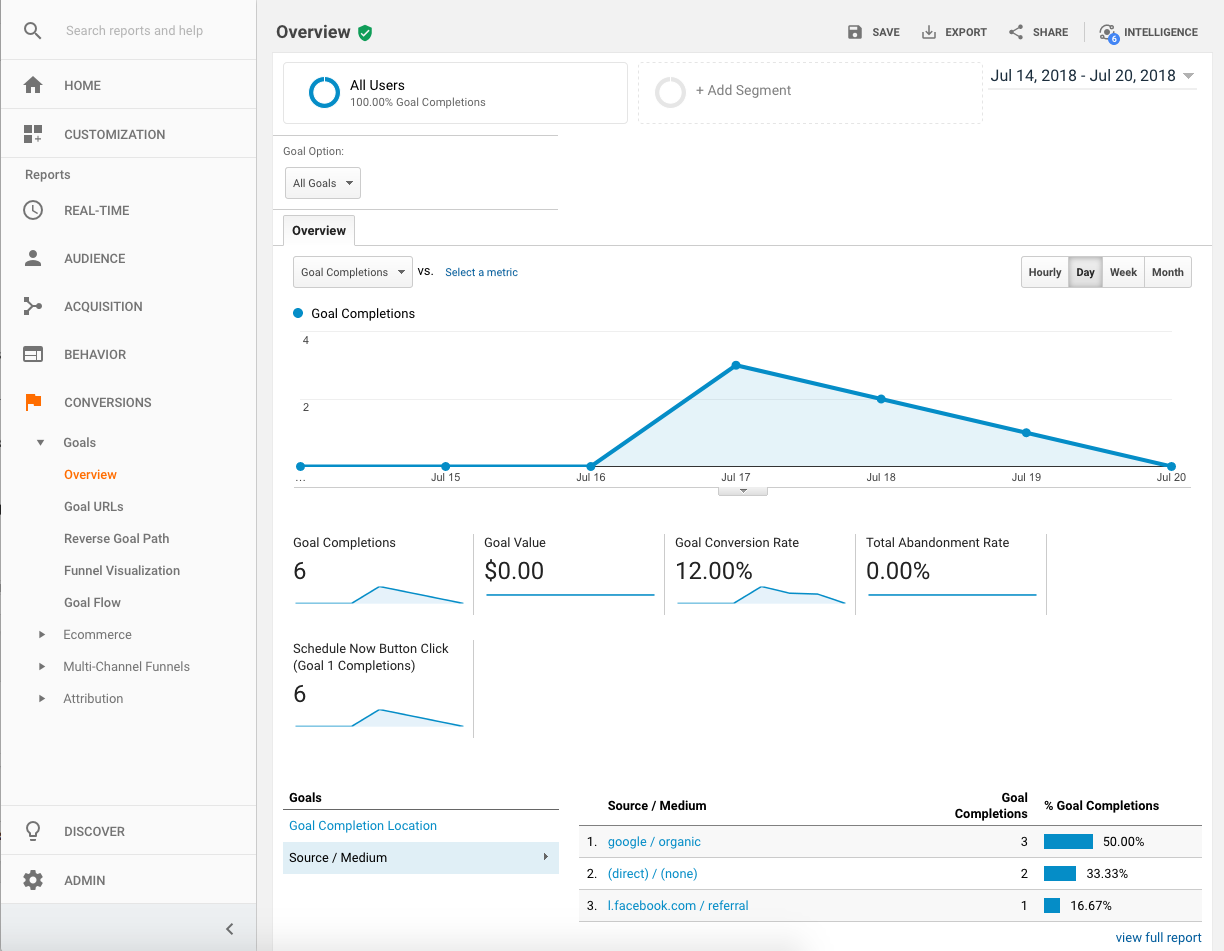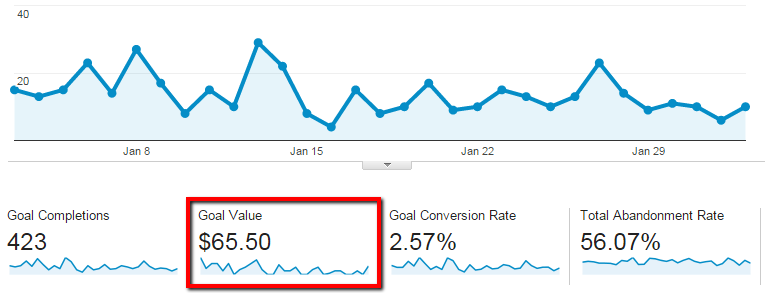What Data Is Google Analytics Goals Unable to Track and Why
What Data Is Google Analytics Goals Unable to Track and Why
Blog Article
Debunking Google Analytics Limitations: Reveal What Data Goals Can not Track
In the realm of electronic analytics, Google Analytics stands as an effective tool that gives important understandings into web site performance and individual actions. From the complexities of customer interaction with dynamic web content to the complexities of cross-device customer journeys, these restrictions lost light on areas that may continue to be covered from standard analytics viewpoints.

User Interaction With Dynamic Web Content
Customer communication with dynamic web content plays a critical function in comprehending user habits on internet sites and optimizing the general individual experience. By tracking customer communications with dynamic material, site owners can acquire useful understandings into individual involvement, preferences, and habits - what data is google analytics goals unable to track.
Google Analytics offers numerous tools to track user interactions with dynamic content, such as event monitoring and digital pageviews. Occasion tracking allows you to monitor details customer actions, like clicking a button or seeing a video clip, offering data on just how customers communicate with vibrant aspects. Virtual pageviews can be utilized to track communications that do not cause a brand-new page load, providing a comprehensive sight of individual engagement with vibrant material. By analyzing this information, site owners can make enlightened decisions to enhance customer experience and drive conversions.
Cross-Device Individual Journeys
How can contemporary analytics devices track the complicated courses users take across several devices in their on the internet trips? Cross-device user trips offer a considerable obstacle for tracking and analyzing individual actions precisely. As users communicate with internet sites or apps making use of various gadgets such as desktop computers, tablet computers, and smart devices, it becomes vital to comprehend exactly how they relocate between these platforms to maximize user experience efficiently.
Google Analytics deals with restrictions in tracking cross-device individual journeys due to privacy concerns and technical restraints - what data is google analytics goals unable to track. While it can provide understandings right into specific gadgets' interactions, tracking a seamless user trip throughout multiple devices remains an obstacle. This restriction can result in incomplete information and fragmented individual insights, making it difficult for businesses to create a unified sight of the consumer journey
To address this concern, services can use advanced analytics devices that use cross-device tracking capacities, permitting them to get a more all natural understanding of individual behavior. By leveraging these devices, services can bridge the void in tracking cross-device individual journeys and optimize their electronic methods for a seamless user experience.
Offline Conversions and Acknowledgment
As organizations browse the difficulties of tracking cross-device individual journeys, another essential aspect to take into consideration is the realm of offline conversions and acknowledgment in the realm of information analytics. While Google Analytics offers beneficial understandings into on the internet user habits, it falls short when it comes to tracking conversions that happen offline. This limitation poses a significant difficulty for organizations that have both online and offline sales networks.
Offline conversions, such as acquisitions made in physical shops or via call centers, are vital to understanding the full customer journey. Without the capacity to attribute these offline conversions to certain online interactions, services may have a hard time to properly measure the effect of their electronic marketing initiatives.
To address this page void, businesses can check out alternative services such as incorporating CRM systems with online analytics devices or using unique discount codes that can be traced back to online projects. By bridging the gap between online and offline information, organizations can gain a more detailed understanding of their clients' actions and boost their overall marketing techniques.
Person Individual Recognition
In the world of information analytics, the capacity to properly recognize specific customers across different on the internet touchpoints is a critical challenge for businesses seeking to personalize and optimize their advertising methods. While next page Google Analytics supplies useful understandings into user actions and communications, it falls short in enabling the identification of details people because of privacy issues and technical limitations. Google Analytics makes use of one-of-a-kind identifiers such as cookies to track individual sessions and habits, but these do not equate to recognizing private customers in an individual feeling.

Data From Secure Pages
Regardless of the boosting occurrence of protected web pages on sites, obtaining information from these encrypted resources provides an unique challenge for digital analytics systems like Google Analytics. Protect pages, indicated by HTTPS in the URL, secure data traded between the individual's browser and the internet site's server to make certain privacy and security. While this file you could try here encryption is essential for shielding sensitive info, it additionally positions restrictions for tracking customer behavior and gathering analytics information.
Google Analytics encounters obstacles in gathering in-depth details from secure pages as a result of the encryption protocols in location. Therefore, particular information points such as referral resources, keyword searches, and even some customer interactions may not be completely caught when customers access a website with a safe link. This constraint can influence the accuracy and completeness of the data analysis, resulting in spaces in recognizing customer actions and choices on safe and secure web pages.
To browse this obstacle, electronic experts may need to explore alternate tracking techniques or take advantage of various other tools specifically designed to gather insights from secure web pages. By adjusting approaches to accommodate these limitations, organizations can still acquire valuable analytics despite the constraints presented by encrypted connections.
Conclusion
In verdict, Google Analytics has restrictions in tracking user interaction with dynamic web content, cross-device customer trips, offline conversions, specific user identification, and information from protected web pages. In spite of its valuable understandings, Google Analytics may not supply a complete photo of customer interaction throughout various touchpoints.
Individual interaction with dynamic web content plays a critical function in recognizing customer behavior on web sites and maximizing the overall customer experience. By tracking user communications with vibrant content, web site proprietors can acquire useful understandings into individual involvement, preferences, and habits.
Google Analytics makes use of unique identifiers such as cookies to track user sessions and habits, yet these do not relate to identifying private customers in an individual feeling.
As a result, certain data points such as reference resources, keyword searches, and even some user interactions may not be completely captured when customers access a web site via a secure connection.In conclusion, Google Analytics has limitations in tracking individual interaction with dynamic material, cross-device individual trips, offline conversions, individual customer recognition, and information from safe and secure web pages.
Report this page